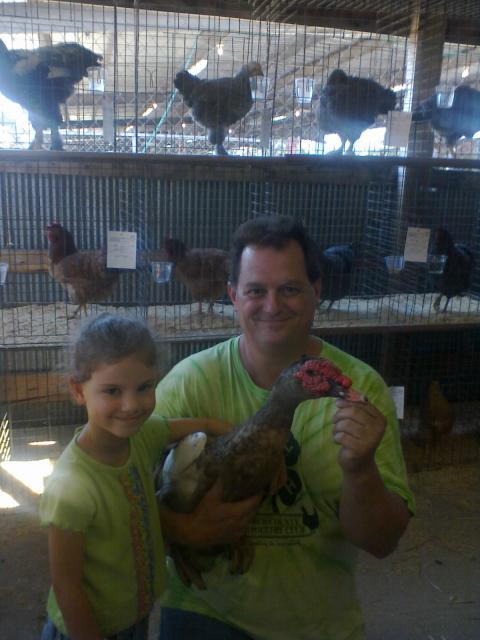http://ecfr.gpoaccess.gov/cgi/t/tex...iv8&view=text&node=50:6.0.1.1.4.2.1.3&idno=50
§ 21.13 Permit exceptions for captive-reared mallard ducks.
Captive-reared and properly marked mallard ducks, alive or dead, or their eggs may be acquired, possessed, sold, traded, donated, transported, and disposed of by any person without a permit, subject to the following conditions, restrictions, and requirements:
(a) Nothing in this section shall be construed to permit the taking of live mallard ducks or their eggs from the wild.
(b) All mallard ducks possessed in captivity, without a permit, shall have been physically marked by at least one of the following methods prior to 6 weeks of age and all such ducks hatched, reared, and retained in captivity thereafter shall be so marked prior to reaching 6 weeks of age.
(1) Removal of the hind toe from the right foot.
(2) Pinioning of a wing: Provided, That this method shall be the removal of the metacarpal bones of one wing or a portion of the metacarpal bones which renders the bird permanently incapable of flight.
(3) Banding of one metatarsus with a seamless metal band.
(4) Tattooing of a readily discernible number or letter or combination thereof on the web of one foot.
(c) When so marked, such live birds may be disposed of to, or acquired from, any person and possessed and transferred in any number at any time or place: Provided, That all such birds shall be physically marked prior to sale or disposal regardless of whether or not they have attained 6 weeks of age.
(d) When so marked, such live birds may be killed, in any number, at any time or place, by any means except shooting. Such birds may be killed by shooting only in accordance with all applicable hunting regulations governing the taking of mallard ducks from the wild: Provided, That such birds may be killed by shooting, in any number, at any time, within the confines of any premises operated as a shooting preserve under State license, permit, or authorization; or they may be shot, in any number, at any time or place, by any person for bona fide dog training or field trial purposes: Provided further, That the provisions:
(1) The hunting regulations (part 20 of this subchapter), with the exception of §20.108 (Nontoxic shot zones), and
(2) The Migratory Bird Hunting Stamp Act (duck stamp requirement) shall not apply to shooting preserve operations as provided for in this paragraph, or to bona fide dog training or field trial operations.
(e) At all times during possession, transportation, and storage until the raw carcasses of such birds are finally processed immediately prior to cooking, smoking, or canning, the marked foot or wing must remain attached to each carcass: Provided, That persons, who operate game farms or shooting preserves under a State license, permit, or authorization for such activities, may remove the marked foot or wing when either the number of his State license, permit, or authorization has first been legibly stamped in ink on the back of each carcass and on the container in which each carcass is maintained, or each carcass is identified by a State band on leg or wing pursuant to requirements of his State license, permit, or authorization. When properly marked, such carcasses may be disposed of to, or acquired from, any person and possessed and transported in any number at any time or place.
[40 FR 28459, July 7, 1975, as amended at 46 FR 42680, Aug. 24, 1981; 54 FR 36798, Sept. 5, 1989]



